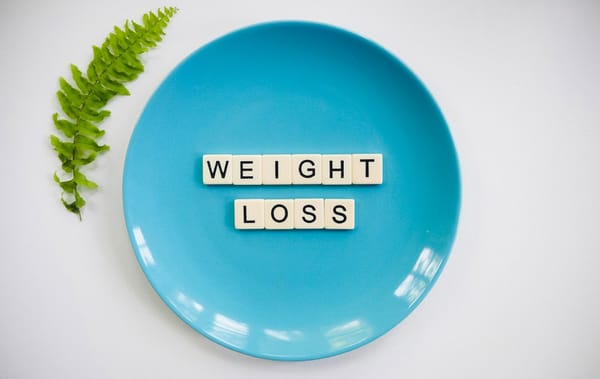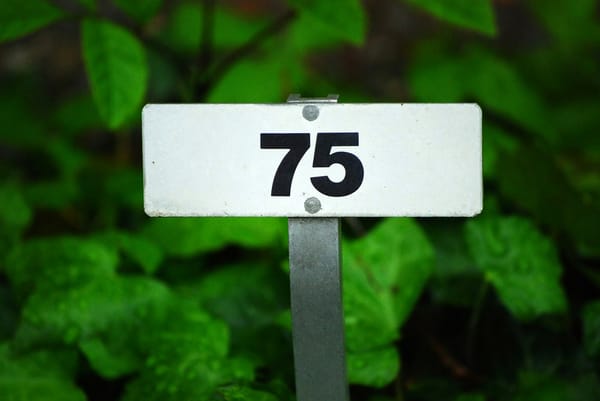How Accurate is a TDEE Calculator?

Determining your Total Daily Energy Expenditure (TDEE) is essential if you are concerned about your weight. TDEE calculators are everywhere. They let you know the calories your body consumes every day, helping you identify the number of calories to take in for achieving a particular fitness goal.
But, as with any tool, TDEE calculators have their weaknesses. This article will assist you in understanding how accurate TDEE calculators can be, what factors come into play with that accuracy, and the best way of utilizing them to steer you through your weight management journey.
What Is TDEE Calculator?
A TDEE calculator is an online tool that estimates the total number of calories your body burns in a day. It includes the Basal Metabolic Rate (BMR), the minimum amount of calories the body would use to maintain basic physiological functions like breathing, digestion, etc., plus calories burned during physical activities, exercise, and the thermic effect of food (the process of digestion).
It is based on several variables like age, gender, weight, height, and activity level. In doing so, it provides an estimate of daily energy expenditure over 24 hours. From this, you can figure out how many calories you need to eat to either maintain, lose, or gain weight.
How Does a TDEE Calculator Work?
Most of the time, a TDEE calculator will somehow be arriving at an approximation of the basal metabolic rate (BMR) through a standard calculation. One very popular example of this is the Mifflin-St Jeor equation, which will allow you to derive the BMR as your weight, height, age, and sex.
The BMR obtained is then multiplied by an activity factor to arrive at the TDEE. The activity factor varies depending on one's level of physical activity, ranging from sedentary, little or no exercise, to very active (intense exercise each day).
For example:
BMR Calculation (using the Mifflin-St Jeor formula) for women: BMR, kg × 10 + height, by cm × 6.25 − by age in years × 5 − by 161
For men: BMR, kg × 10 + height, by cm × 6.25 − by age in years × 5 + 5
Multiply the BMR by an activity factor based on your exercise routine:
- Sedentary (little or no exercise): BMR × 1.2
- Lightly active (light exercise or sports 1-3 days a week): BMR × 1.375
- Moderately active (moderate exercise or sports 3-5 days a week): BMR × 1.55
- Very active (hard exercise or sports 6-7 days a week): BMR × 1.725
- Extra active (very hard exercise and a physical job or training twice a day): BMR × 1.9
The resulting number is your estimated TDEE, that is, total calories burned in a day.
How Accurate Are TDEE Calculators?
TDEE calculators cannot be accurate to 100 percent because they provide estimates. Several reasons can be attributed to this variance of accuracy:
Individual Differences
Bodies differ, and TDEE calculators are built on general assumptions. The kind of calories that one's body burns may indeed be affected by such things as genetics, muscle mass, and metabolic health. For instance, a person with more muscle mass may have a higher TDEE since muscle burns more calories at rest than fat tissue.
Activity Level Estimates
Activity levels are self-reported on TDEE calculators and hence subjective. Overestimating or underestimating their activity level can greatly skew the accuracy of the resulting calculation. For example, someone who is really sedentary classifies themselves as being 'lightly active' would thus have their TDEE overestimated, and this would result in incorrect calorie recommendations.
For a more in depth explanation of how activity levels affect TDEE, read: Does Your Activity Level Affect TDEE? Find Out Here.
Changes in Body Composition
Your TDEE changes when you lose weight or gain muscle; that's the only thing a TDEE calculator can estimate based on your current weight, height, and activity level. Hence, recalculation is very important for body composition changes. For instance, with a muscle mass gain, one might experience an increase in metabolism by burning more calories for maintenance.
Neglecting Some Medical Conditions
Affected health conditions, such as thyroid imbalance, hormonal disorders, or some kinds of metabolic disease, could as well alter metabolism and TDEE. As TDEE calculators do not consider these conditions, one might not get very accurate results if having any health problems which interfere with metabolism.
Guide to Effectively Use a TDEE Calculator
Even though TDEE calculators are no use, they can give you an outline of the calories your goal is going to require in consumption. These guides and tips will let you know how best to use them for your own case:
- It takes an estimate: Use the TDEE calculator to find out how many calories you might need. This would be a good place to start in figuring out in what direction to move along your diet and exercise plans.
- Body composition changes and weight will affect this, so be sure to record your progress and weigh in every few weeks.
- Also discharge TDEE every few weeks to align calorie intake with goals.
- Don't rely solely on the calculator: TDEE calculators are only one tool in your weight management toolbox. Listen to your body, track your progress, and adjust your diet and exercise routine as needed.
Conclusion
The fact that a TDEE calculator lets you estimate the number of calories you would require in a day is not foolproofness. Consider the numbers you get from this tool to be a rough estimate at best and be willing to change based on what works for you in reality.
With that said, TDEE estimates should help you hit all of your targets if you are diligent in tracking how your body is responding, adjusting TDEE with changes, and listening to your body.



